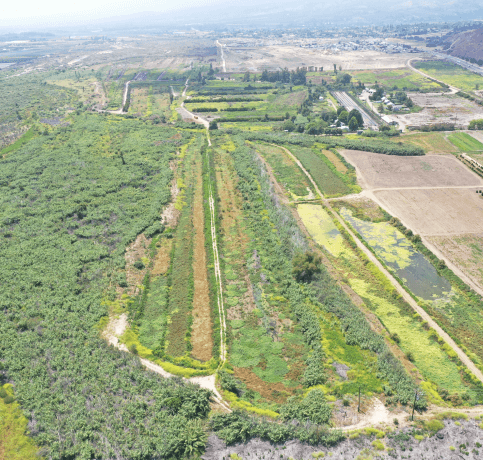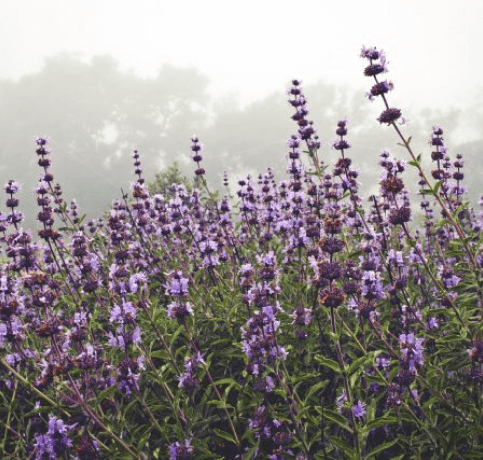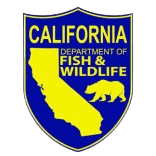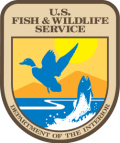NON-PROFIT
Protecting Riparian Habitat
We are the Santa Clara River Conservancy, a member of a small group of organizations doing conservation work along the Santa Clara River, filling a unique niche in the watershed. The river has numerous threats, needs, and opportunities, and the SCRC is uniquely focused on all the issues facing the river. We are working to raise awareness and create access to the river for local communities.
























It is a paradisematic country, in which roasted parts of sentences fly into your mouth. Even the all-powerful Pointing has no control about
Shams W.Pawel Founder & CEO of XpeedStudio